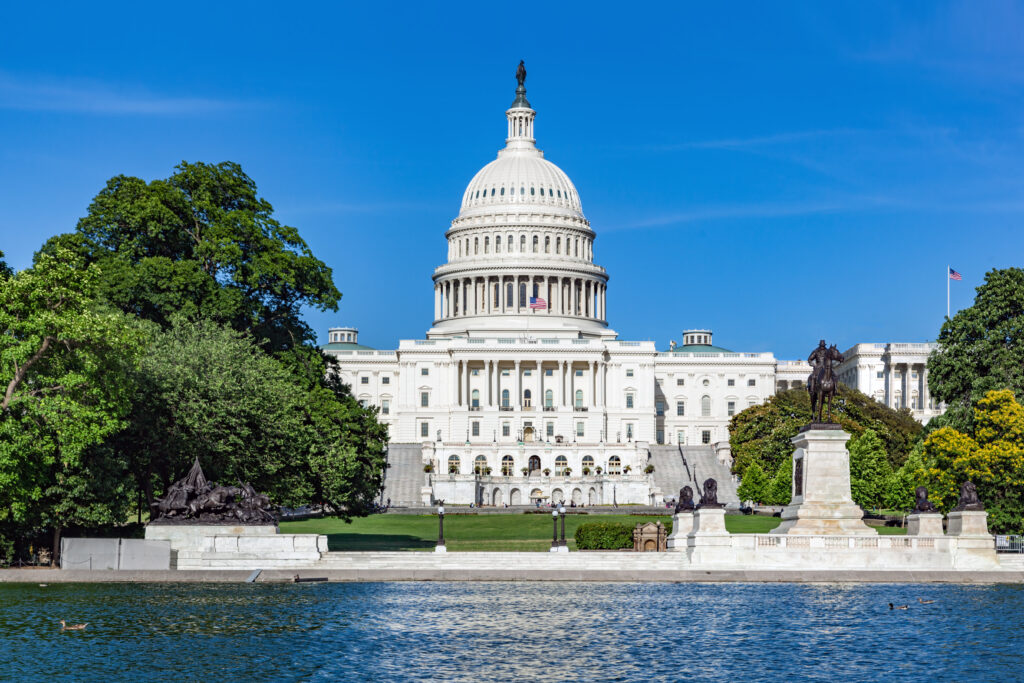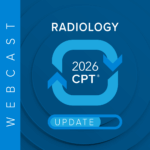The 2026 Medicare Physician Fee Schedule (PFS) Proposed Rule has arrived, bringing with it new policy and provision changes for the coming year that will impact the healthcare landscape. As usual, the proposed rule outlines potential updates to a range of policies and provisions that govern payment for many healthcare services, including those within the Quality Payment Program (QPP), the Merit-Based Incentive Payment System (MIPS), and Advanced Alternative Payment Models (APMs). Keep in mind that these policies are still proposed and will not be finalized until the release of the final rule. Lab and pathology professionals are bracing for payment decreases once again. While the final rule has yet to be established, professionals should stay informed about these anticipated changes, as they will influence payment, compliance, and the future of various programs.
2026 PFS Agenda and Conversion Factor Surprises
For 2026, the Trump administration is seeking to cut financial waste and improve chronic disease management for those on Medicare as chief priorities.
“For the last four years, powerful interests have targeted independent medical practices,” said U.S. Health and Human Services Secretary Robert F. Kennedy, Jr in a CMS PFS press release. “Thanks to Dr. Oz’s decisive leadership, this rule modernizes CMS payment systems, eliminates perverse incentives, and harnesses better data to improve care for patients with chronic disease while protecting the future of hometown doctors.”
Adding to the commentary, CMS Administrator Dr. Mehmet Oz explained, “We are taking meaningful steps to modernize Medicare, cut waste, and improve patient care. We’re making it easier for seniors to access preventive services, incentivizing health care providers to deliver real results, and cracking down on abuse that drives up costs. This is how we protect Medicare for the next generation while helping Americans live longer, healthier lives.”
The new year will bring a shift in policy regarding the conversion factor, as CMS establishes two separate conversion factors. This policy development stems from provisions contained in the Medicare Access and CHIP Reauthorization Act of 2015 (MACRA). The conversion factor for services provided by qualifying APM participants is expected to be $33.5875—representing a 0.75% annual update. For services furnished by non-APM participants, the proposed conversion factor is $33.4209, translating to a 0.25% annual update.
According to the American College of Radiology (ACR), “Both conversion factors also include a 2.5% one-year increase to the MPFS conversion factor included in the recent budget reconciliation bill, as well as a proposed 0.55% budget neutrality adjustment.”
The College of American Pathologists (CAP) has reacted, stating it “vigorously opposes” provisions in the PFS that impact pathology. The PFS aims to cut pathology work relative value units (RVUs), commonly known as “efficiency adjustments.” The Trump Administration’s “One Big Beautiful Bill Act” does provide some offset by increasing general physician spending by 2.5% in 2026. For pathology services, this results in a net 0.56% increase in spending starting in 2026. It should be noted that the increase provided in this bill is only a temporary pay adjustment.
Even more, CAP notes that “Factors negatively impacting pathology in the proposed 2026 fee schedule include a proposed efficiency adjustment to the physician work RVUs.”
Policy Proposal Backlash and Controversy
In a news release, AMA President Bobby Mukkamala, MD underscored the problems with the methodology.
“Proposals to exclude or limit the input of expert practicing physicians and health care professionals in the development of Medicare payment policy would ultimately harm patients and represents a radical departure from the time-tested CMS decision-making process. This proposal would have negative repercussions for appropriately determining the resources required for effective patient care. To label practicing physicians conflicted when all they are doing is sharing their real-world patient experiences where empirical data often do not exist is biased, unfair and a skeptical opinion of community-based physicians.”
Dr. Mukkamala, a Flint, Michigan, otolaryngologis also commented on behalf the AMA stating, “The valuable expertise of physicians makes them an indispensable source of survey information that Medicare can count on to create payment policy. By substituting arbitrary and flawed proposals in place of front-line, real-world knowledge from expert physicians, Medicare is proposing to cut itself off from the most credible insights into the complexities of patient care, which will ultimately lead to lower-quality care, inferior health outcomes and a less sustainable Medicare system.”
Meanwhile, the CAP is preparing advocacy to counter the threats of payment cuts stating, “The CAP strongly objects to CMS’ arbitrary cuts and is seeking to reverse reductions to pathology services in the fee schedule released July 14.”
There are more impacts for laboratory and pathology services that will shape the year to come. Stay tuned in to future editions for more insight into the 2026 PFS proposed and final rules.
Tracking CAR-T Therapy Services Impacts in 2026
Back in 2023, leading stakeholder the American College of Pathology (CAP) , along with another multispecialty group, created four Category I CPT codes to establish the procedures necessary for the development and administration of CAR-T therapy, a specified treatment for select types of cancer. The CAP states that, “Despite agreeing with recommended work RVUs, CMS decided to bundle payment for CAR-T cell harvesting and preparation into one code. This meant no separate payments for each service under the fee schedule or hospital outpatient prospective payment system.” With the policy enacted as of January 1, 2025, the CAP established an official opposition platform to this policy, directly communicating with CMS that this decision does not account for the true scope of work performed by a pathologist. Chief among the argument points was that CMS should provide separate payment for each code service. As of the proposed rule, CMS is not planning to provide separate payment, but it is willing to take into account comments from additional stakeholders on the impacts of the policy.
New MVP Advances Forward in the 2026 QPP
In a landmark proposal by CMS for pathology, the MIPS Value Pathways (MVPs) will include the addition of a pathology-specific track in the 2026 Quality Payment Program (QPP). CMS anticipates that MVPs will ultimately be the only avenue for reporting through MIPS. The proposed new track will encompass publicly available clinical quality measures, measures from CAP’s Pathologists Quality Registry, and other private measures, according to CAP. Professionals should note that for some specific activities defined in the measure, pathologists will not be eligible.
Additional 2026 QPP Updates
Anticipate that the performance threshold will maintain 75 points in 2026 until 2028 with the data completeness threshold set at 75% of all eligible cases. Organizations such as CAP argue against further increases in either the performance threshold or the data completeness requirement. For 2026, CMS is leaving the status quo in place, with no additions or deletions to any quality measures from the Pathology Specialty Measure Set. According to CAP, “As previously finalized, for 2026, CMS will remove some of the most highly used Improvement Activities. Practices will need to find alternatives.”
Digital Measurement Development Marches Forward
As the transition to digital quality measurements occurs, CMS is requesting comments and feedback on the transformation. Stakeholders like CAP argue that digital measurement is a positive change as long as it alleviates barriers and unnecessary system updates but stress caution against utilizing a less mature data standard.
There are additional impacts for laboratory and pathology services that will shape the year to come. Stay tuned for future editions with more insight into the 2026 PFS final rule.
Information Sources:
https://www.ama-assn.org/practice-management/medicare-medicaid/physicians-will-see-medicare-payments-rise-2026
https://www.cms.gov/newsroom/press-releases/cms-proposes-physician-payment-rule-significantly-cut-spending-waste-enhance-quality-measures-and
https://www.federalregister.gov/documents/2025/07/16/2025-13271/medicare-and-medicaid-programs-cy-2026-payment-policies-under-the-physician-fee-schedule-and-other
https://edge.sitecorecloud.io/americancoldf5f-acrorgf92a-productioncb02-3650/media/ACR/Files/Medicare-Medicaid/MPFS/2026-ACR-MPFS-Proposed-Rule-Preliminary-Summary.pdf
https://www.cap.org/advocacy/latest-news-and-practice-data/july-22-2025
https://www.cap.org/advocacy/latest-news-and-practice-data/july-14-2025













